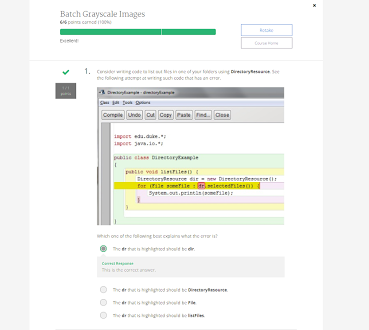Understanding How Search Engines Work: A Foundation for Digital Marketing
Understanding How Search Engines Work: A Foundation for Digital Marketing
In the realm of digital marketing, one of the most crucial aspects is ensuring your website is visible in search engine results. This visibility is paramount for attracting potential customers and solving their problems through your solutions. Let's delve into the core processes of how search engines, particularly Google, operate to deliver relevant results.
What is a Search Engine?
A search engine is software designed to locate information based on a user's search query. While you may work with various search engines, such as Amazon or Etsy, the principles discussed here are largely applicable across different platforms.
The Three Main Processes of Google Search Engine
Google's search engine relies on three primary processes to organize and present information: crawling, indexing, and serving.
Crawling: Discovering New and Updated Webpages
The first step in Google's process is crawling. This involves using automated programs called web crawlers or spiders to explore the internet and find new and updated webpages. These crawlers navigate the web by following links from pages already identified, much like a librarian scanning through a vast library to catalog new books.
When you create a new webpage, Google's
crawlers typically discover it through links within your website or from
external websites. Before crawling, the crawler checks if it is allowed
to do so by the website owner, usually through the robots.txt file or specific directives on the webpage.
Indexing: Organizing Webpage Content
Once the crawlers have discovered new pages, Google stores them in an index. This index is akin to a comprehensive library where each book (webpage) is cataloged with its content, including text, photos, and videos. The index includes key signals such as keywords, content type (using Schema), freshness of the page, and previous user engagement.
Indexing is only possible if the website owner
allows the webpage to be crawled and indexed. If not, they can indicate
this in the website's code using directives like the noindex tag.
Serving: Delivering Relevant Results
After the webpage content is indexed, the Google search algorithm comes into play. This algorithm is an automated software that sorts through billions of webpages to deliver the most relevant content for a given search query. The algorithm's primary goal is to provide the best results that meet the user's needs, ensuring a great user experience.
When a user enters a search query, Google's algorithm scans the index to identify relevant pages. It considers a myriad of factors, including the quality of content, usability of webpages, location, language, and previous search history. For example, a search for a product will likely yield results that are highly relevant for learning about or purchasing that product.
Factors Influencing Search Engine Rankings
Google's algorithm is highly complex and considers numerous factors to rank webpages. Some of these factors include:
- Quality of Content: How well does the content on your webpage address the user's query?
- Usability of Webpages: How user-friendly and accessible is your website?
- Location: Are the results location-dependent, such as searching for "cafes near me"?
- Language: Does the content match the user's language?
- Previous Search History: How have the user's past searches influenced their current query?
- Device: Does the user's device (e.g., mobile or desktop) affect the results displayed.
The Role of SEO in Digital Marketing
Search Engine Optimization (SEO) is the practice of optimizing your website to be found in search engine results. Understanding how search engines work is crucial for effective SEO strategies. By optimizing your web pages, you can improve your website's visibility, drive more traffic, and enhance your brand's online presence.
SEO involves pre-steps such as keyword research and organizing your website structure. It also requires ongoing efforts to ensure your content is high-quality, user-friendly, and relevant to the search queries you target.
Conclusion
In summary, Google's search engine operates through crawling, indexing, and serving processes to deliver relevant results to users. Understanding these processes is essential for any digital marketing strategy. By optimizing your website and content according to how search engines work, you can significantly improve your online visibility and attract more customers to your business.
In the following lessons, we will dive deeper into the specifics of SEO, including keyword research, website structure, and advanced SEO strategies to help you master the art of getting found in search engines.


Comments
Post a Comment